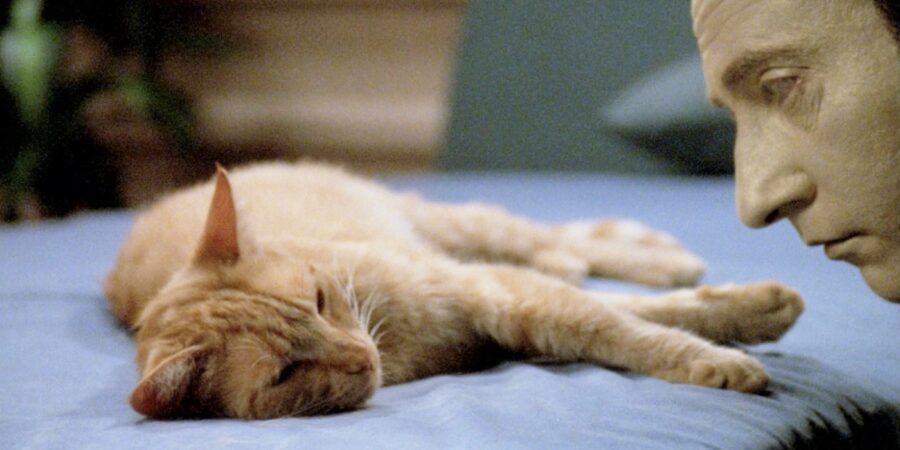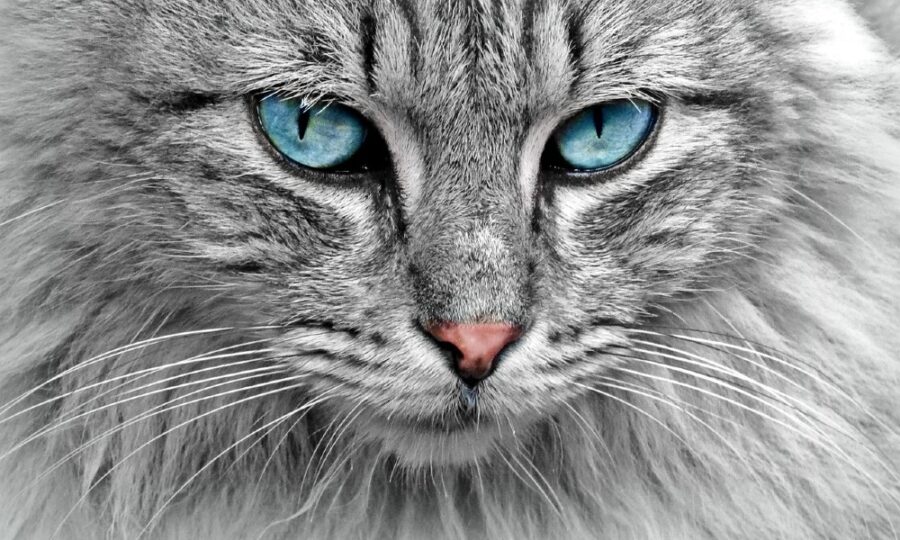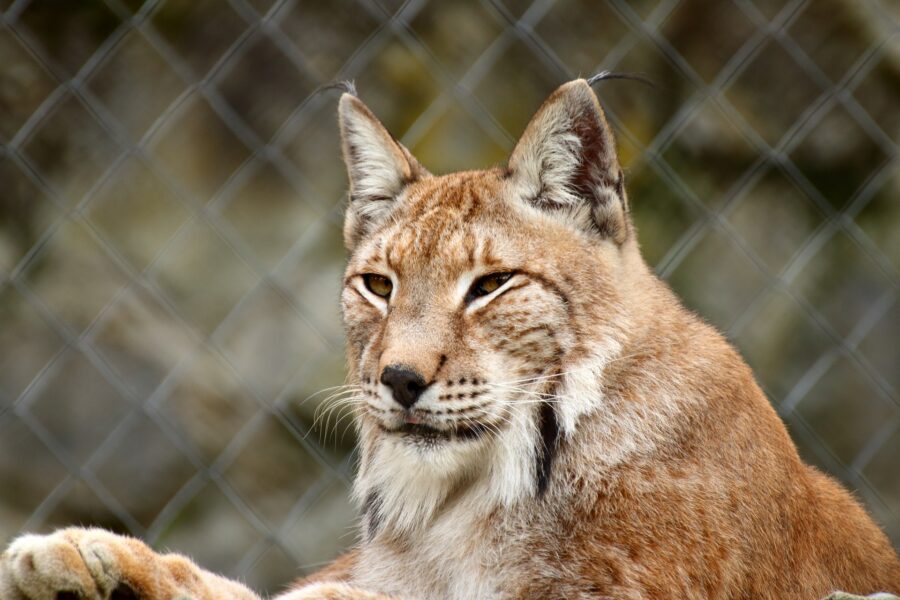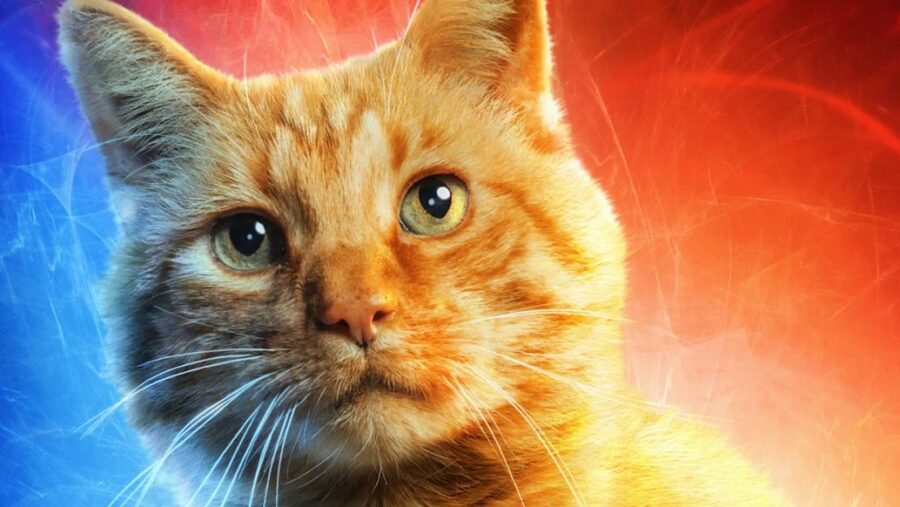Science Reveals The Shocking Truth Behind A Cat’s Purr

Cats are often portrayed as mysterious creatures and not without reason. They’re crepuscular, solitary hunters who have mastered the art of body language while also being meticulous groomers who attend to their cleaning as if it were a private ritual—it all adds to the aura of self-contained mystery. Yet, for feline lovers, one of the most delightful sounds is the rumbling noise they produce when they scratch their cat behind the ears—which, we’re delighted to say, is no longer a mystery, as the sound it caused by pads in the vocal cords.
Pads In The Vocal Cords

According to Science.org, a new study found that domestic cats have “pads” embedded within their vocal cords, which provide an extra layer of fatty tissue. This additional layer allows the vocal cords to vibrate at low frequencies.
Furthermore, scientists also found that the larynx of these house animals doesn’t need any input from the brain to produce such vibrations. For those who wonder why this would be important, the purring has a historically complex, nonscientific explanation, and this study is a step towards obtaining a scientific reason as to why and how cats purr.
These Vibrations Are Typical In Larger Animals

What makes the whole thing interesting is that house cats are generally small animals capable of producing low-frequency vocalizations between 20 and 30 Hz, which is the low end of the audible sound spectrum.
Producing these types of vibrations is typically associated with much larger animals, such as tigers and elephants, which have much larger vocal cords. And while larger animals, including larger cats, can produce loud roaring, house cats are only capable of producing low-frequency rumbling, known as purring.
Purring Doesn’t Require Constant Neural Input

Furthermore, most mammals require a signal from the brain to the larynx to produce vocalizations by basically using the vocal cords and the tongue to manipulate the airflow through the larynx. However, purring is different. It’s initiated by the brain, but once the vibration is established, it can continue without any further neural input. In most mammals, this process is known as flow-induced self-sustained oscillation, and it’s a passive phenomenon.
Purring Theories Debunked

Previous studies suggested that cats actively purr by flexing their laryngeal muscles some 30 times per second when purring. But the new study challenges this. Working with animals that would have been euthanized due to terminal disease, the team of researchers removed eight larynges from domestic cats and pumped warm, humid air through them. Surprisingly, they produced purring in all eight larynges, proving that the process doesn’t require any sustained input from the brain.
Scientists now believe that the purring occurs when the cat’s thick vocal cords achieve flow-induced self-sustained oscillation, which is why no further brain activity is necessary apart from the initial neural impulse.
Cat Purrs Are Just As Therapeutic As Ever

Interestingly, cats’ purring provides therapeutic benefits to humans, and purring has been linked to lowering stress and promoting muscle and bone healing. Some species of house cats are capable of purring at frequencies lower than 20. Those are inaudible to humans but can still be perceived as unease and nausea if powerful enough.
Fortunately, our domestic feline friends are relatively small animals, and they’ll only purr when they’re safe, comfortable, and content—which is why the whole study was conducted on removed larynges. Have you tried inserting a probe into the cat’s throat? Though small and fluffy, they’re actually quite fierce and won’t shy away from trying to shred you to pieces.












